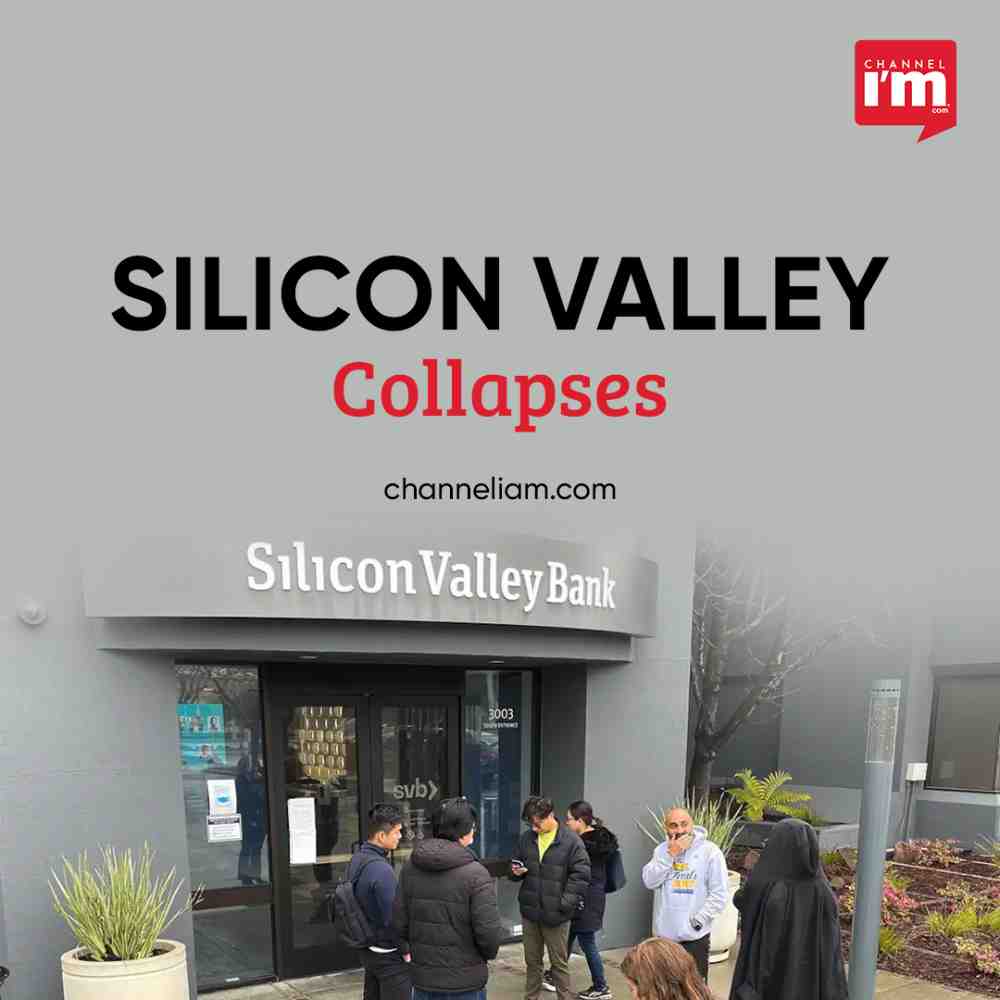Silicon Valley Bank’s collapse causes Start-up chaos

Ashley Tyrner started a FarmboxRx account with Silicon Valley Bank two years ago. She was looking for venture finance and heard the bank was a go-to for the startup community.
She raced to shift FarmboxRx’s money into two other bank accounts on Thursday after learning about financial difficulties at the bank. Her wire transfers were unsuccessful. And, on Friday, Silicon Valley Bank went bankrupt, tying up funds in the eight figures for her firm, which distributes meals to Medicare and Medicaid recipients.
Tyrner said no one of her reps would call back and felt like those were the worst 24 hours in life. Her anguish was part of the startup ecosystem’s reaction to the demise of Silicon Valley Bank. Since their money was blocked at the bank, entrepreneurs rushed to obtain loans to make payroll. In memoranda and in emergency conference calls, investors gave and received guidance, and long lines were formed outside the bank. Many in the IT sector took to twitter, where the collapse of a key financial partner was being broadcast in real-time.
The implosion shook an already tense startup industry. Rising interest rates and an economic recession have harmed startup investment, which had been fuelled by cheap interest rates for years, resulting in large layoffs at many small firms, cost-cutting, and lowered valuations. According to PitchBook, investments in US startups fell by 31% last year to $238 billion.
Furthermore, the failure of Silicon Valley Bank was particularly concerning because it was the self-described “financial partner of the innovation economy.” According to its website, the bank, formed in 1983 and located in Santa Clara, California, was intimately intertwined in the tech ecosystem, offering banking services to roughly half of all venture-backed technology and life-science enterprises in the United States. Silicon Valley Bank also served as a bank for over 2,500 venture capital firms, including Lightspeed Venture Partners, Bain Capital, and Insight Partners. It managed many tech leaders’ personal fortunes and was a regular sponsor of Silicon Valley tech conferences, parties, dinners, and media outlets.
The bank was a “systemically significant financial institution” with “immensely facilitating services for entrepreneurs,” according to Matt Ocko, an investor with venture capital company DCVC. The Federal Deposit Insurance Corporation seized ownership of Silicon Valley Bank’s $175 billion in client deposits on Friday. The regulator guaranteed deposits up to $250,000. Apart from that, users have received no information on when they will be able to access their money again. This put many of the bank’s customers in a dilemma. Roku, the TV streaming firm, said in a report on Friday that around $487 million of its $1.9 billion in cash was held by Silicon Valley Bank. Roku stated that the deposits were primarily uninsured and that it did not know “to what degree” they would be able to recover them.
Non-tech start-ups were also dealing with the consequences. According to a person familiar with the company’s assets, Vox Media, the publisher of New York Magazine and The Verge, has a significant concentration of cash at Silicon Valley Bank. The company’s credit cards, which were issued by Silicon Valley Bank, ceased operating on Friday.
Several start-ups benefited from the bank’s failure. Brex, a start-up financial services provider, announced an “emergency bridge line of credit” for new customers transferring from Silicon Valley Bank on Friday afternoon. The programme was designed to assist start-ups in covering expenditures such as payroll.
According to correspondence obtained by the Times, entrepreneurs also weighed in on group conversations with dollar sums that they could no longer touch at Silicon Valley Bank or what they had managed to get out, ranging from hundreds of thousands to tens of millions. On Friday afternoon, a stream of customers approached Silicon Valley Bank’s branch in Menlo Park, California, and discovered that its doors were closed. Several people read an FDIC notice pinned to the door, which said that the regulator was in charge.
